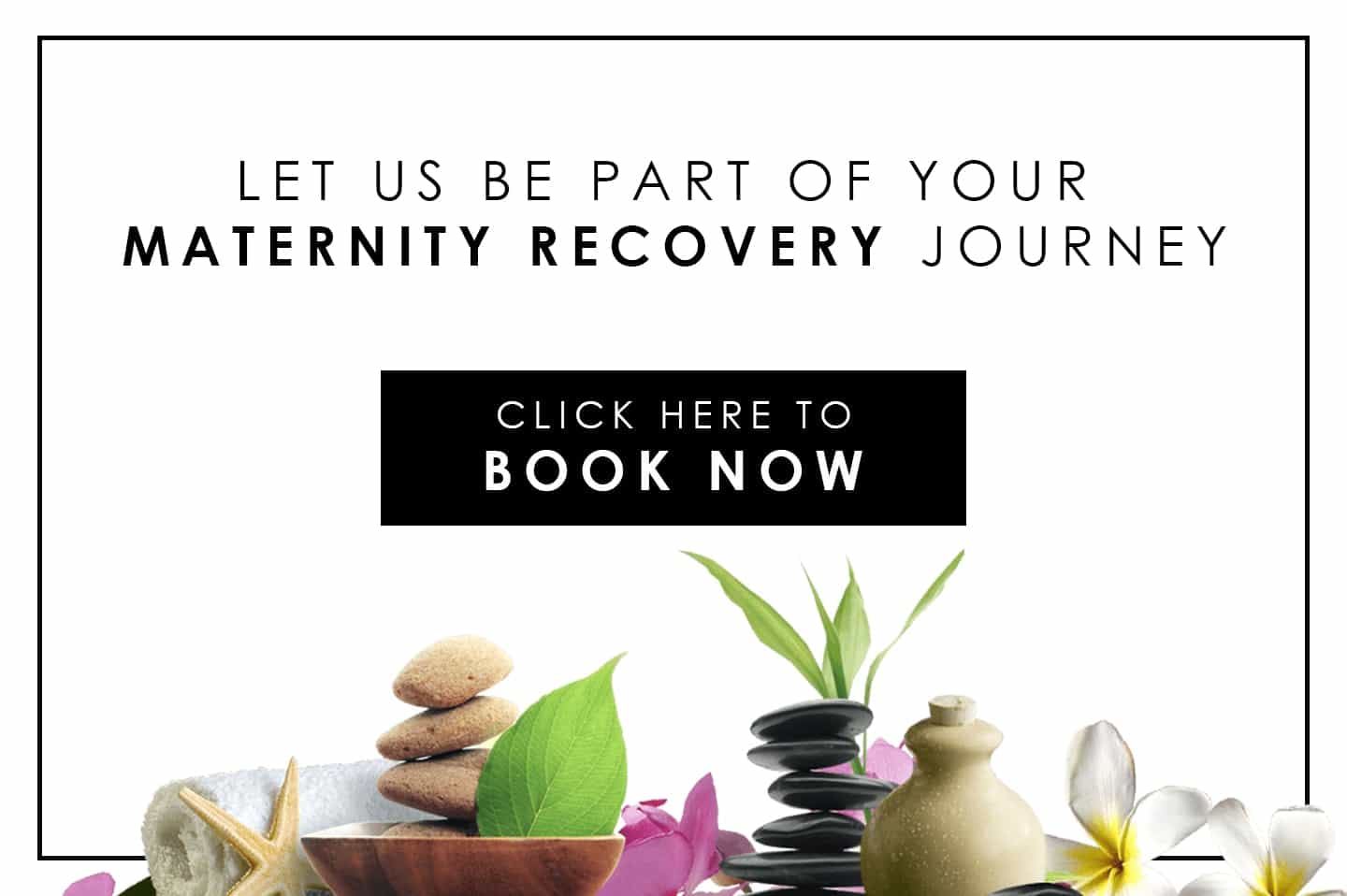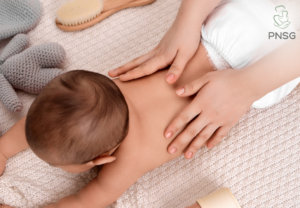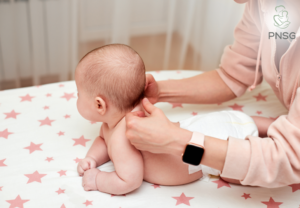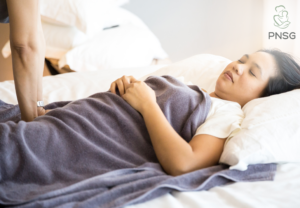7 Gambas Crescent, #09-09, Ark@Gambas, Singapore 757087 ♦ Reservation : +65 6417 9690
Light Exercises During Pregnancy
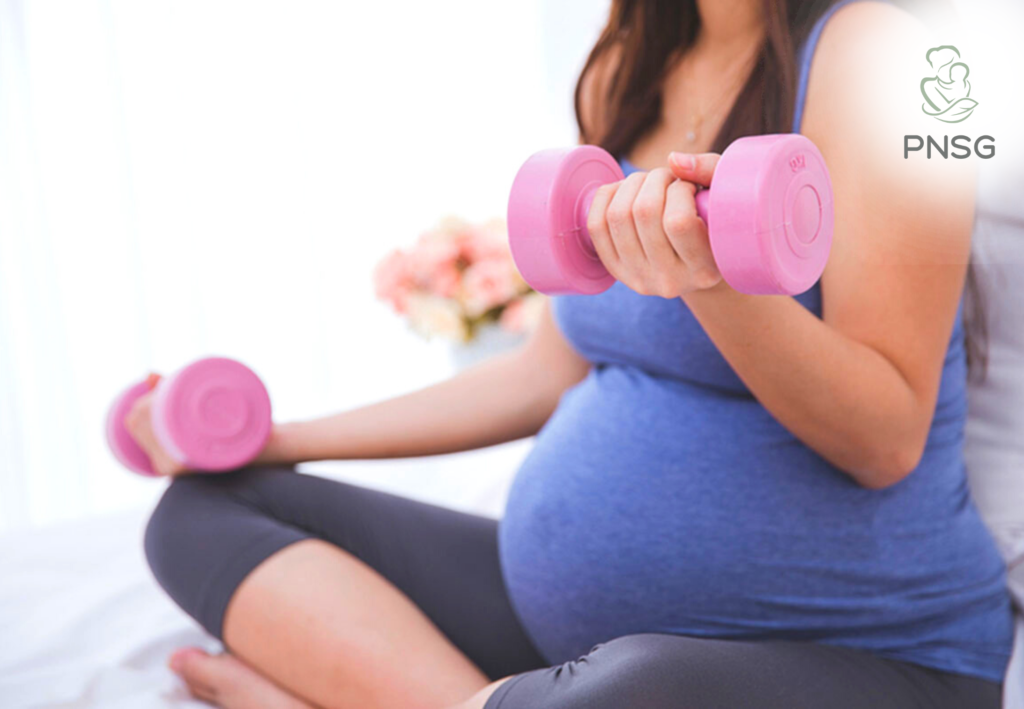
“I feel like I am decaying” has, for generations, been the war cry of pregnant mothers since the dawn of time. Well, that, and “I can’t wait for this to be over”. Today, we’ll be focusing on the former. In particular, how to stay somewhat active…or as active as possible without injuring yourself or your unborn baby. As with all things related to pregnancy, we recommend you check in with your physician or OB-GYN to see what exercises suit you.
You’ve got backaches, bloating, swelling, irritability, nausea, and a slew of other pregnancy-induced side effects. You heard from friends or perhaps even read online that some of your symptoms can be alleviated by doing light exercises. Yes, it may be counterintuitive to listen to the word exercise, and much less think of it, while you’ve got a baby in your tummy. However, with each passing day, more and more research supports exercising while you are with your child.
The latest research would suggest that aside from improving your stamina and heart health, exercising can help reduce the risk of pregnancy complications, boost your mood, lower your blood pressure, ease back and pelvic pain, fight fatigue, improve sleep, relieve constipation, lower the odds of delivery complications, and speed up post-delivery recovery.
“That is all nice and well, but how do you go about it?” we hear you ask. Well, first things first, and we can not overstate this, get your health care provider’s assessment and green light first. Once that is done, we will look at the first one you can do.
1. Walking
This may not seem like exercise, but research has shown that walking around your HDB flat or neighbourhood is enough to get your heart pumping and works your cardiovascular system without taxing your muscles and joints. This is also considered a very low-risk activity.
Should your doctor feel you are up for the task, we can try jogging. This is a slightly more active version of the walking activity, with more moving actions. Pregnant women should do at least 150 minutes of moderate-intensity weekly exercise, including jogging. However, if you’ve never gone jogging or running before pregnancy, we do not recommend your pregnancy period to be the time to try picking it up.
2. Yoga
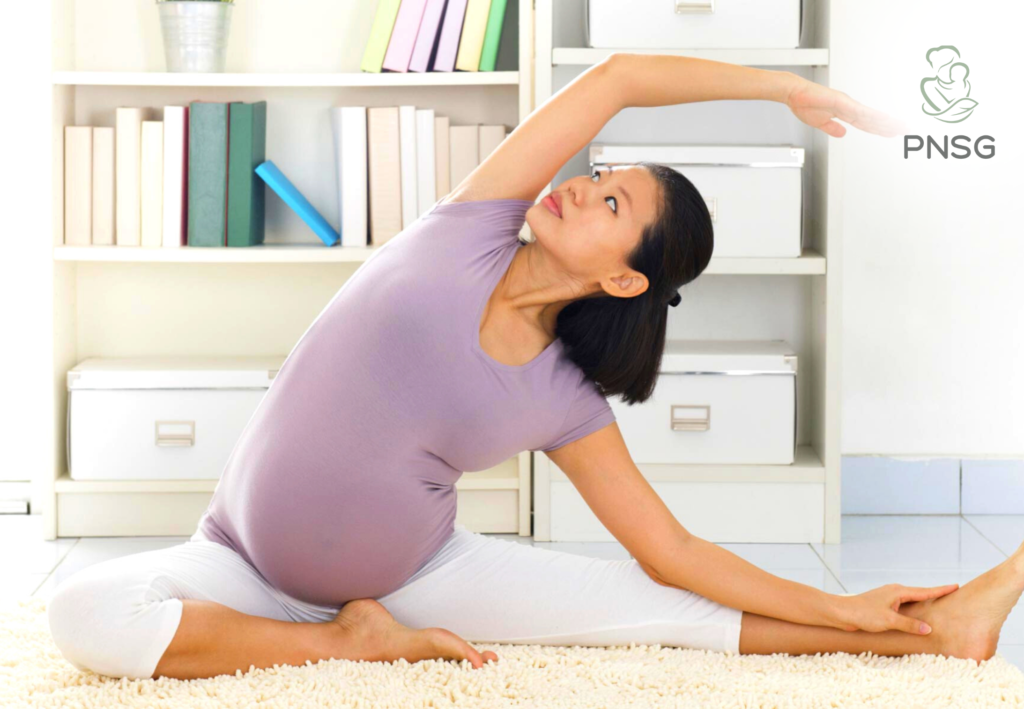
Prenatal yoga has conferred several benefits, such as improved sleep, reduced stress and anxiety, increased strength and muscle endurance, decreased back pain, nausea, headaches and shortness of breath.
Yoga helps encourage you to focus on breathing in and out slowly and deeply. This focus on breathing might help you manage your breath during pregnancy and work through those labour contractions. On top of that, yoga helps calm the mind and body, providing physical and emotional stress relief.
3. Kegel
You’ve probably heard it before and thought someone was mispronouncing a bagel. The exercise is named after a gynaecologist named Arnold Kegel, and these exercises can help strengthen the pelvic floor muscles that stretch during pregnancy and even during childbirth. The idea behind strengthening the muscles in these areas would be to minimise the stretching that occurs and strengthen the muscles in your pelvic area, which would, in turn, help reduce postpartum incontinence.
4. Swimming
With this one, it is important to note that you should be pretty careful when swimming. Even though it is generally considered a safe activity that helps build strength and aerobic capacity, you do not want to be twisting your abdomen while doing this. Also, if you swim in the daytime at a beach somewhere, do not wander off too far from shore or wherever assistance is readily available. Make sure that the temperature does not rise above 37 degrees Celsius. We’re not suggesting you carry a thermometer in your bag, but try avoiding hot tubs, hot springs, or even warm baths. A rise in body temperature due to you being submerged in hot water could result in birth complications and even put you at risk of a potential miscarriage.
5. Pilates
This final one is a bit of an all-around exercise. It balances strength, mobility, and flexibility training. Practising it during your pregnancy may help prepare you for labour and delivery, and could help speed up your recovery phase. Like its yoga counterpart, Pilates breathing calms the nerves and helps build stamina. However, as this is an active exercise regime, be mindful of your blood flow and body temperature.
Extra Tips To Stay Fit During & After Pregnancy
It is essential to be healthy while pregnant and after birth. Besides exercising, other physical and mental fitness should be taken care of during these periods. Here are some extra tips which you can do this is by:
Staying Hydrated
This factor can never be emphasised enough. Being hydrated is good for both you and the baby, and after giving birth, drinking hydrating drinks like red date tea can help you regain your figure.
Hydrating can also reduce nausea when pregnant. Your fluid intake may also reduce the hunger pangs you may experience and thus prevent you from overfeeding yourself.
Eat Healthily
A well-balanced diet should always be your priority when aiming for a healthy body during and after pregnancy.
Vegetables and fruits are a must for you to have enough fibre in your body. You should include a lean protein and healthy fats as well.
The food can also be cooked with delicious recipes that benefit expecting mothers.
Be Yourself
When pregnant, you will hear or read many things that other people abide by or avoid during their pregnancy.
This information is vital because you will learn through other people’s experiences, but do not try things you are uncomfortable doing. If you prefer walking as a form of exercise, then do so.
You shouldn’t change and start swimming just because other people say swimming is better.
Do what you are most comfortable with, and consult your doctor to make any necessary adjustments. Generally, try to be as active as possible.
Take Time-outs
Listen to what your body is saying. If you are tired, relax and rest. Always try and have a good night’s sleep.
Sleep and rest are vital during and after pregnancies, so don’t take them for granted. You will be exhausted before giving birth, and after that, give your body the much-needed recovery time, and you can only do that by resting your eyelids.
If you can get someone to help you with your bundle of joy, it will go a long way. Your body tissues will need that time to readjust to how they were before the pregnancy.
Have a Body Massage
Pregnancy massage in Singapore can be very beneficial before you deliver to relax your muscles and soothe the discomfort that you may be experiencing at that time.
Massage is also essential in aiding a full and quick recovery for a mother who has just given birth.
A qualified massage therapist can use techniques they have learnt to reduce the mother’s body swelling.
Having a massage can be a way of helping the mother heal both mentally and physically, especially if they feel overwhelmed after birth.
Closing Notes
While every exercise will carry inherent risk, we strongly urge and advise you to consult your doctor before exercising. Here’s a bonus recommendation. It’s not an exercise, per se, but it may help make your pregnancy or post-pregnancy recovery much more bearable – prenatal massage.
Yes, as always, do check with your doctor, but a body massage for pregnant women, or any prenatal body massage, can confer a slew of benefits like better sleep and reduced water retention, just to name a few. We have packages if you enjoy it so much and would like a massage after pregnancy!

